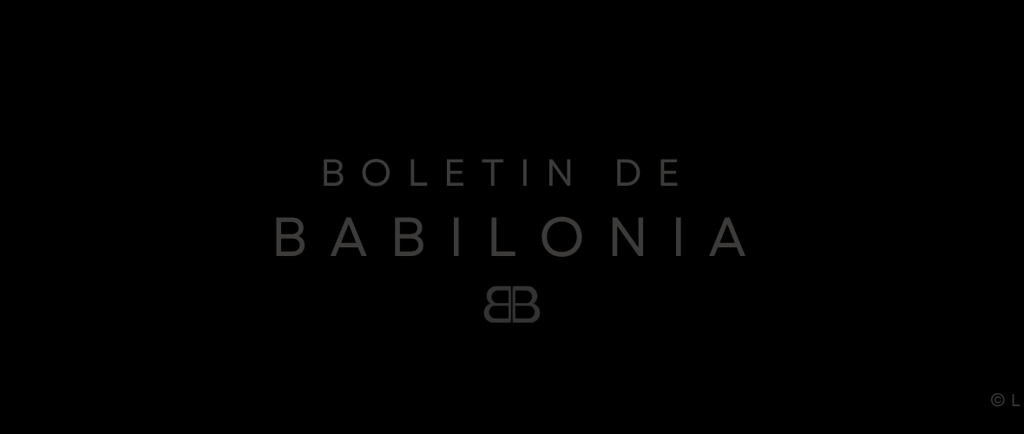THE OFFICIAL SITE OF LEA CELIK SOMMERSETH SHAW
World's first Temple
Babylon and beyond
8/7/2025


World’s First Temple
By Lea Celik Sommerseth Shaw
In the southeastern hills of present-day Turkey, nestled beneath layers of earth and centuries of silence, lies Göbekli Tepe—the world’s first temple. When I first studied the site, what struck me wasn’t just its age, dating back to 9600 BCE—but its intention. It was not a place of survival. It was a place of reverence.
Imagine this: long before writing, before agriculture, before the wheel, a group of people came together to lift 20-ton stones into intricate circles. They carved animals, symbols, and spirits into limestone. They etched myth into earth. And they did all this not for shelter, nor for war—but for the sacred.
A Sacred Memory
Western archaeology often marvels at Göbekli Tepe as an anomaly, something that doesn’t fit. But what if the problem isn’t the site? What if the problem is the lens we’re using to interpret it?
I’ve seen how dominant institutions—especially those tied to Western academic and colonial frameworks—reduce the sacred to a side-effect of civilization. They teach that first we hunted, then we farmed, then we built cities, and only later invented gods. But standing in the metaphorical shadow of Göbekli Tepe, I feel a different truth:
We remembered the sacred before civilization.
This was not a fringe belief or primitive superstition. It was a unifying principle. A technology of the soul. The temple came before the city. Faith came before flags. And the spiritual instinct—our urge to belong to something greater—preceded every political order.
One of the great mysteries is why this monumental site was deliberately buried around 8000 BCE. Who covered it, and why? Was it a sacred closure? A farewell to a forgotten age? Or was it a silencing—a ritual act to protect a wisdom that no longer had a place in the world that was coming?
I often ask myself: what else has been buried? Not just in soil, but in history? How many feminine lineages, oral traditions, indigenous knowledge systems, and spiritual philosophies were intentionally erased to make way for what we now call “progress”
Göbekli Tepe, for me, is not just an archaeological site. It is a wound in time. A place where we buried not only stone, but story. Not only culture, but cosmology.
Ancient Empires
This temple is not Western. It belongs to no empire, no religion, no nation-state. It was born from a convergence of African, Levantine, and Asiatic influences—before those borders existed. It reminds me that before politics, there was place. And before civilization, there was relationship—with land, with spirit, with mystery.
Today, we are told to look forward—toward technology, toward space, toward globalization. But Göbekli Tepe asks us to look down, to look back, and to ask: what did we leave behind on our way to modernity?
I believe it is time to return—not to the past, but to the memory. To a vision of humanity not built on conquest and competition, but on reverence, ritual, and recognition of the unseen.
I write this not as a scholar alone, but as a mother, a witness, and a woman of many worlds. I believe the first temple still speaks, if we are willing to listen. And I believe some truths cannot be colonized—only remembered.
Lea Celik Sommerseth Shaw
7 August 2025 Saint Germain Des Pres
© 2025 LCSS INC. Lea Celik Sommerseth Shaw. All rights reserved.
LCSS INC
LEA CELIK SOMMERSETH SHAW INC
Business Centre Raadhuspladsen, Rådhuspladsen 16, 1550 København, Denmark
152-154 Saint Germain Des Pres 75006 Paris + 100 Bishopsgate London EC2N 4AG (Not France /UK/Sweden based saintgermaindespres.blog)
Haagsche Hof, Parkstraat 83-91 2514 JG Den Haag
Metropolitan Park, 8 Hillside Road, Johannesburg
28/F, Huaihai Plaza Shanghai 200032
Please Note Always post public and Always have No DM/Chat Notifications, she correspondence with International Community in person.
Lea closed her X/Linkedin hw censoring scamming Macron Trump forwarded with US-Israel lobbying LA band Wallflowers to International Courts. saintgermaindespres.blog